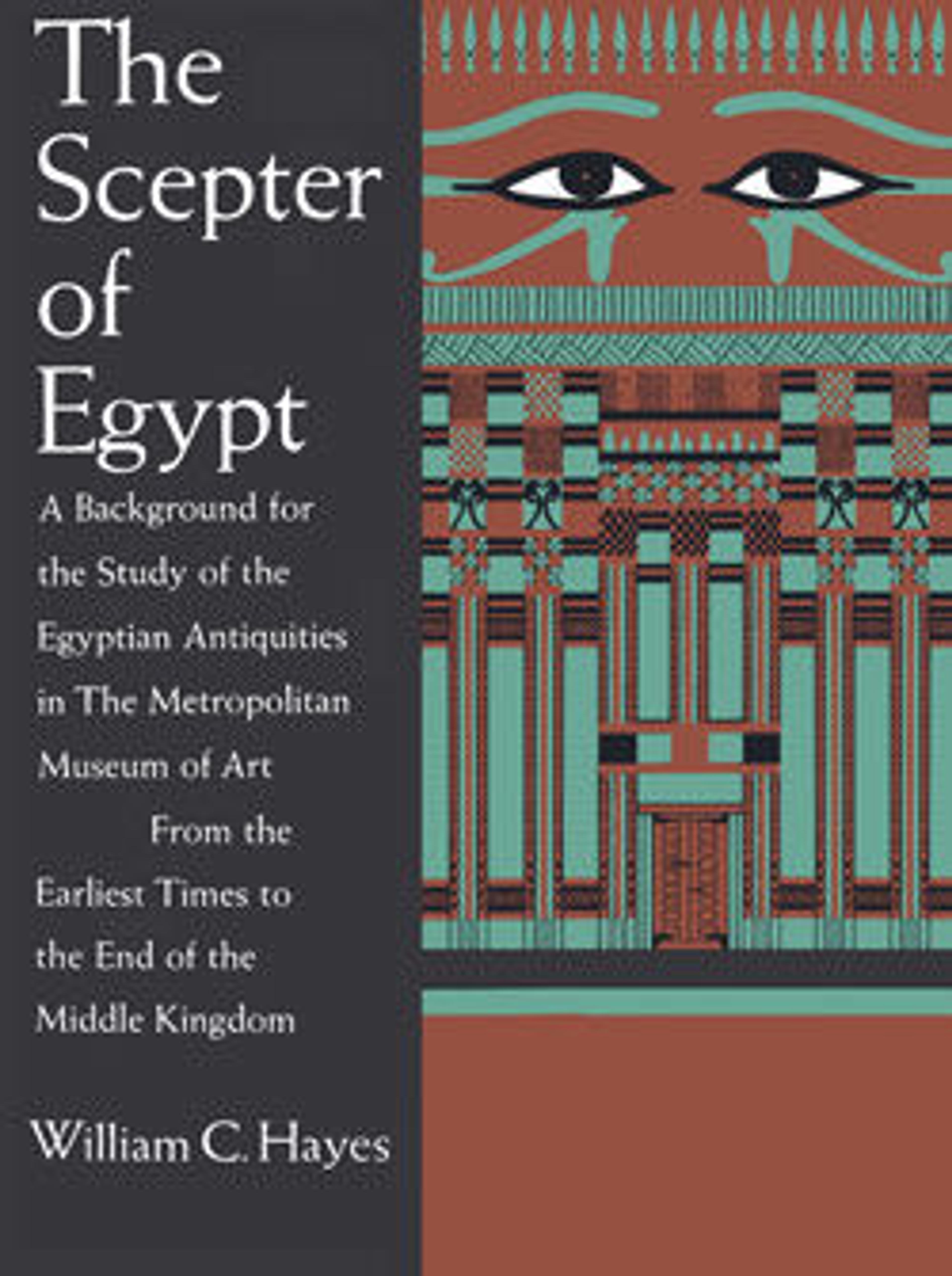Inscribed Lintel from the Tomb of the Overseer of Priests and Keeper of the Sacred Cattle Mereri, Describing His Exemplary Life
After the weak Eighth Dynasty, no pharaoh claimed to rule over the whole country. Historians call the ensuing phase of Egyptian history the First Intermediate Period. At the root of the decline in political cohesion were serious economic problems. The ancient Near East underwent climatic changes at this time, and Egypt became increasingly arid. Particularly low annual flooding of the Nile exacerbated the situation. Credit for the eventual recovery goes to local leaders, who dealt with the difficulties region by region and instituted new methods of irrigation. Eventually, two major power centers emerged: a northern center governed from Herakleopolis Magna (Ehnasya el-Medina) just south of the Fayum entrance (Dynasties 9 and 10), and a southern center based at Thebes in Upper Egypt (Dynasty 11). Both entities managed to gain the allegiance of neighboring regions, and the Nile Valley became politically split in half, with the border fluctuating to the south and north of Abydos. Dendera was in the Abydos region and evinces shifting allegiences.
Mereri's titles indicate he had roles of some importance in the cult of Hathor of Dendera, including responsibility for the clothing for attiring the cult image. He built a very large mud brick mastaba at the site. The eastern facade had an autobiographical frieze as a cornice. The entrance, surmounted by an inscribed architrave, led via a passage decorated with relief into a long rectangular room where there were thirteen niches with stelae. An inner offering room held the owner's false door. On the north side of the mastaba an entrance accessed the burial chamber through a vaulted tunnel.
This fragment is part of the architrave, not all parts of which are in this museum, wherein Mereri states that he has behaved properly and also been active on behalf of his lord: "I appointed a person according to how proper he was. I was one who acted for his lord in the form of an excellent heir. I overthrew his enemies in reality: this is not an empty [gravestone] boast!"
Mereri's titles indicate he had roles of some importance in the cult of Hathor of Dendera, including responsibility for the clothing for attiring the cult image. He built a very large mud brick mastaba at the site. The eastern facade had an autobiographical frieze as a cornice. The entrance, surmounted by an inscribed architrave, led via a passage decorated with relief into a long rectangular room where there were thirteen niches with stelae. An inner offering room held the owner's false door. On the north side of the mastaba an entrance accessed the burial chamber through a vaulted tunnel.
This fragment is part of the architrave, not all parts of which are in this museum, wherein Mereri states that he has behaved properly and also been active on behalf of his lord: "I appointed a person according to how proper he was. I was one who acted for his lord in the form of an excellent heir. I overthrew his enemies in reality: this is not an empty [gravestone] boast!"
Artwork Details
- Title:Inscribed Lintel from the Tomb of the Overseer of Priests and Keeper of the Sacred Cattle Mereri, Describing His Exemplary Life
- Period:First Intermediate Period
- Dynasty:Dynasty 9 or later
- Date:ca. 2100–2030 B.C.
- Geography:From Egypt, Northern Upper Egypt, Dendera, Tomb of Mereri, Behind Temple of Hathor, Egypt Exploration Fund excavations, 1898
- Medium:Limestone
- Dimensions:W. 193 cm (76 in.); H. 50 cm (19 11/16 in.)
- Credit Line:Gift of Egypt Exploration Fund, 1898
- Object Number:98.4.2a–c
- Curatorial Department: Egyptian Art
More Artwork
Research Resources
The Met provides unparalleled resources for research and welcomes an international community of students and scholars. The Met's Open Access API is where creators and researchers can connect to the The Met collection. Open Access data and public domain images are available for unrestricted commercial and noncommercial use without permission or fee.
To request images under copyright and other restrictions, please use this Image Request form.
Feedback
We continue to research and examine historical and cultural context for objects in The Met collection. If you have comments or questions about this object record, please contact us using the form below. The Museum looks forward to receiving your comments.
